At the workshop “Solving the problem of urban transport development” organized by Lao Dong Newspaper on the morning of May 22, Dr. Nguyen Xuan Thuy, former Director of the Transport Publishing House, gave many analyses on solutions for urban transport development and traffic congestion prevention.
According to statistics, the number of vehicles in Hanoi increases by about 390,000 vehicles per year, 32,750 vehicles per month, and 1,100 vehicles per day.
Currently, Hanoi has more than 7.8 million road vehicles, including more than 6 million motorbikes, more than 1 million cars of all kinds, not to mention 1.2 million vehicles from neighboring localities.
In order to limit traffic jams and reduce pressure in urban centers, many localities, including Hanoi, have planned to ban motorbikes from entering the inner city.
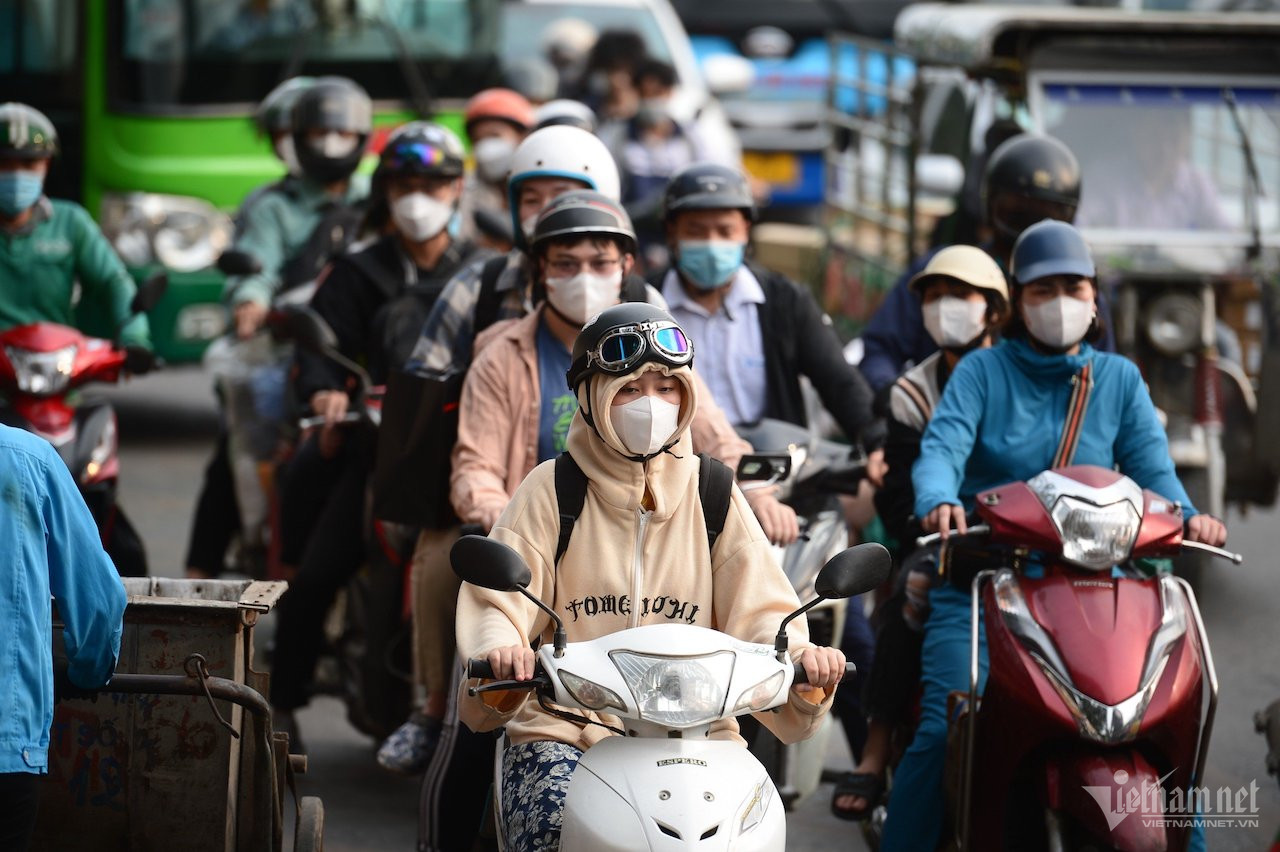
Sharing about the above issue, Dr. Nguyen Xuan Thuy acknowledged that the vehicles (including private vehicles) running on the road are the traffic lifeblood that nourishes the country's socio-economic foundation. Therefore, the principle of preventing traffic congestion is to ensure the maintenance of needs and modes of travel, and not to affect or reduce the density of vehicles.
“Prohibiting a portion of the population from legally using vehicles to earn a living has actually directly reduced the vitality of the socio-economic system. That is unreasonable and unscientific ,” Mr. Thuy emphasized.
According to Mr. Thuy, currently public transport only meets 10-12% of people's travel needs. The question is: If we reduce traffic congestion by banning private vehicles, especially motorbikes, how will over 80% of people travel to earn a living? The consequences will be very serious, directly affecting the welfare of millions of workers, making their lives more miserable because they will lose their "fishing rod".
In addition, due to inadequacies in orientation and lack of synchronous investment, currently Ho Chi Minh City and Hanoi have a population of around 10 million, but the public transport system, despite efforts to upgrade, is still far from meeting the huge demand of 12 - 18 million trips per day.
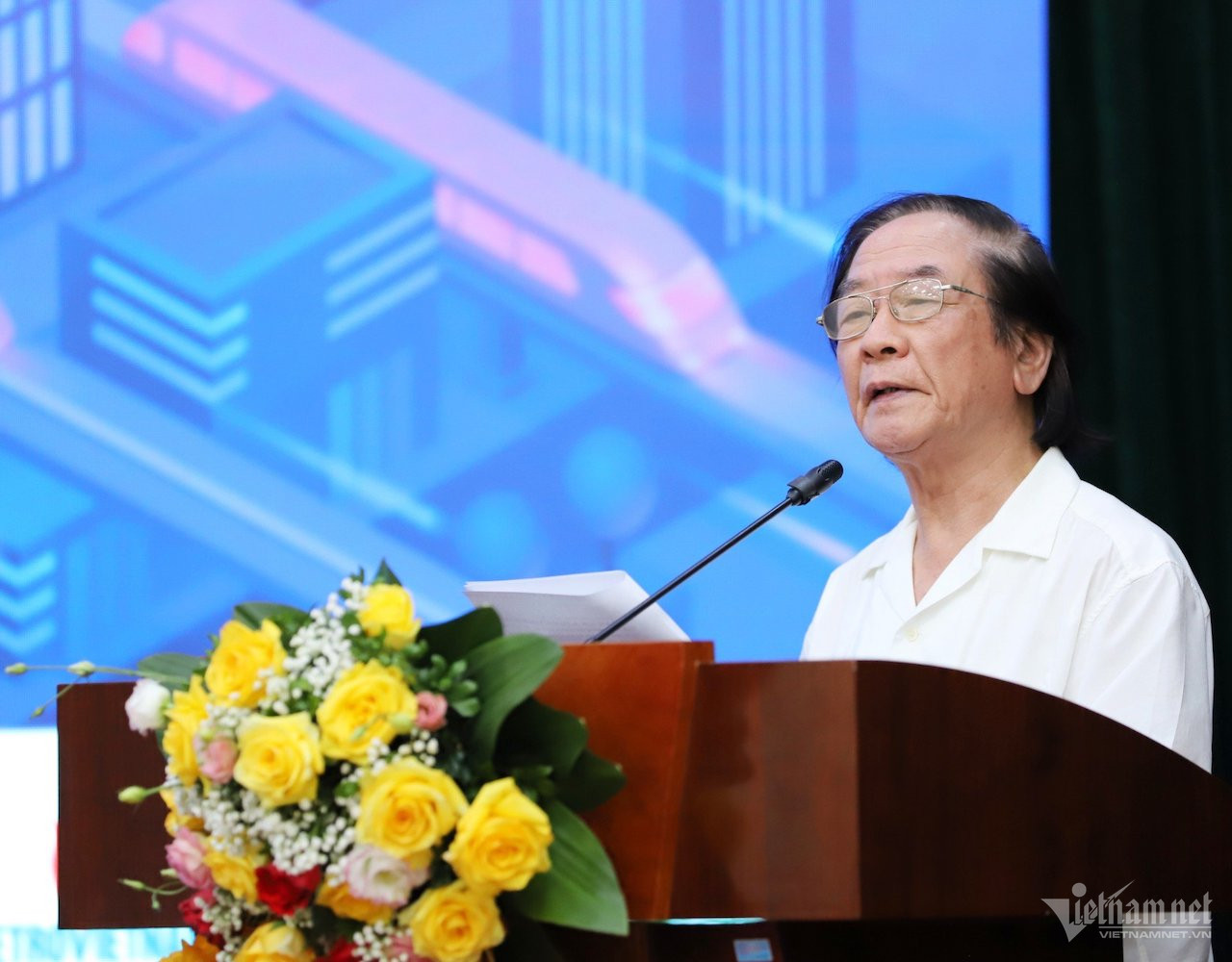
“The bus network of the two cities has hundreds of routes and thousands of vehicles, but there are still many problems in planning and operation, so it has not attracted many people. While the urban railway (metro) has been deployed, 100/% of the projects are “bogged down” in the situation of price increases and slow progress.
That leads to the infrastructure and public transport systems of Hanoi and Ho Chi Minh City being among the most backward in the ASEAN region, leading to a huge gap between supply and demand in public transport. Therefore, traffic jams and accidents are inevitable,” Mr. Thuy emphasized.
According to Mr. Thuy, administrative solutions to ban motorbikes (including increasing taxes, increasing fees, banning the use of motorbikes...) are temporary, situational measures.
“People will ask: Why only ban motorbikes and not limit cars, while private cars occupy 5-7 times more road space than motorbikes, 20-50 times more than public vehicles, this is the main cause of current traffic congestion in the world ?
When the State has not yet ensured public transport and the infrastructure is still backward, for the vast majority (over 80%) of workers, motorbikes are a means of earning a living. "Hitting" motorbikes means directly "hitting" the lives of the most disadvantaged and populous class of society.
On the other hand, if motorbikes are banned, it is likely that a large number of motorbike riders will switch to buying cars because of their livelihoods, and the inevitable consequence is that traffic jams will become more serious and incurable. This is doing more harm than good,” Mr. Thuy emphasized.
For the above reasons, Mr. Thuy proposed that, to combat traffic congestion and accidents in urban areas, instead of banning private vehicles by imposing measures, localities need to strongly develop traffic infrastructure, including: Upgrading main roads (radial, radial, belt, tangential - elevated, ground, underground); building overpasses and underground roads at intersections; expanding and clearing city gateways.
At the same time, priority is given to the development of urban railways such as: suburban trains, ground trains, underground and elevated metros... Because, according to Mr. Thuy's calculations, when the urban railway network is completed, by 2030-2040, about 40-45% of people will use public transport. At this time, the density of private cars will increase according to the law, motorbikes will continue to be used by people but the rate will decrease to only about 30-40%.
“This is a pretty ideal number that we need to overcome the current traffic congestion crisis,” said Mr. Thuy.
Source: https://vietnamnet.vn/han-che-xe-ca-nhan-de-chong-un-tac-la-bat-hop-ly-2283282.html




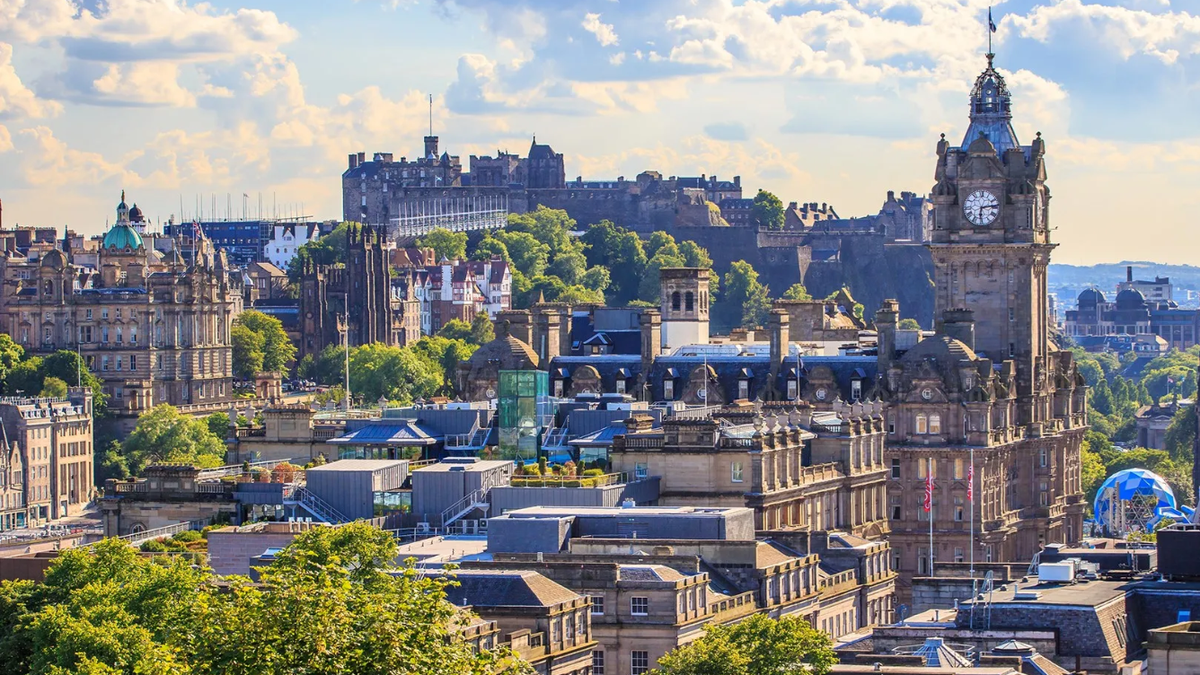


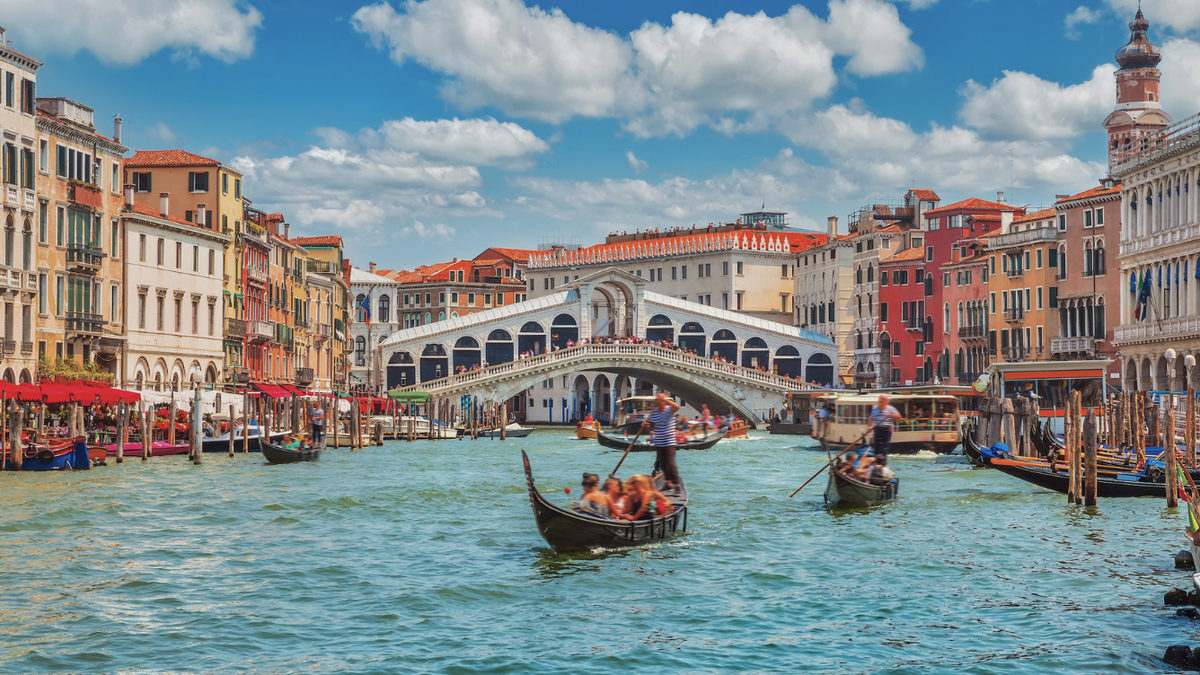

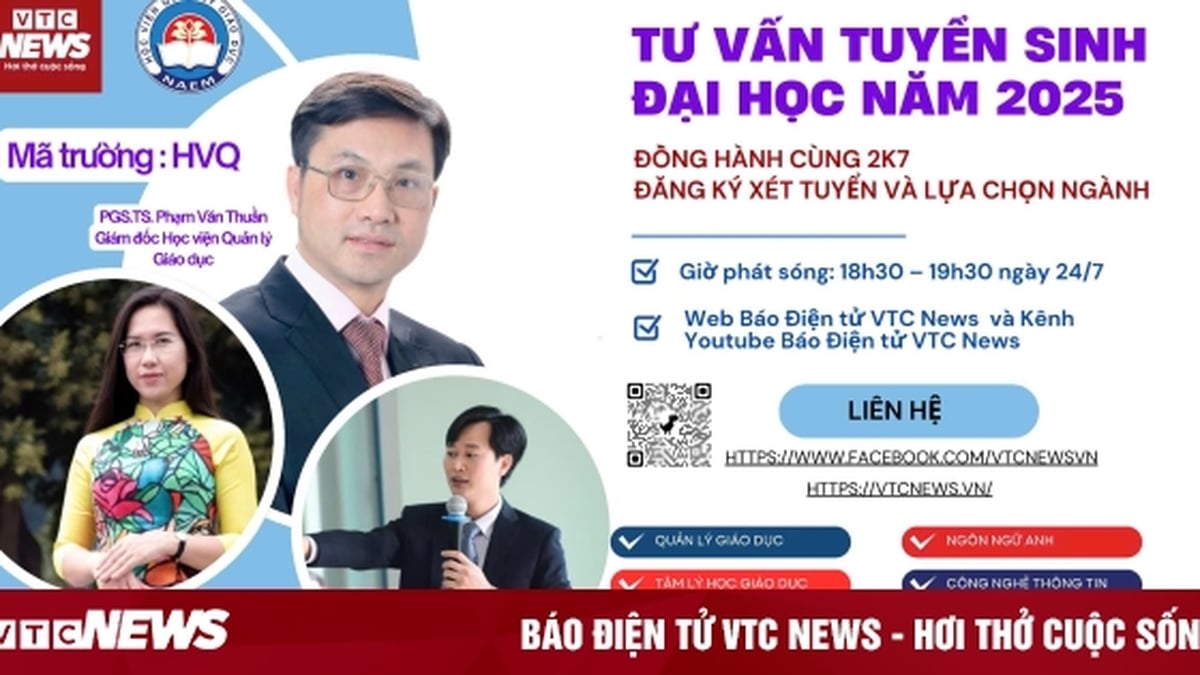
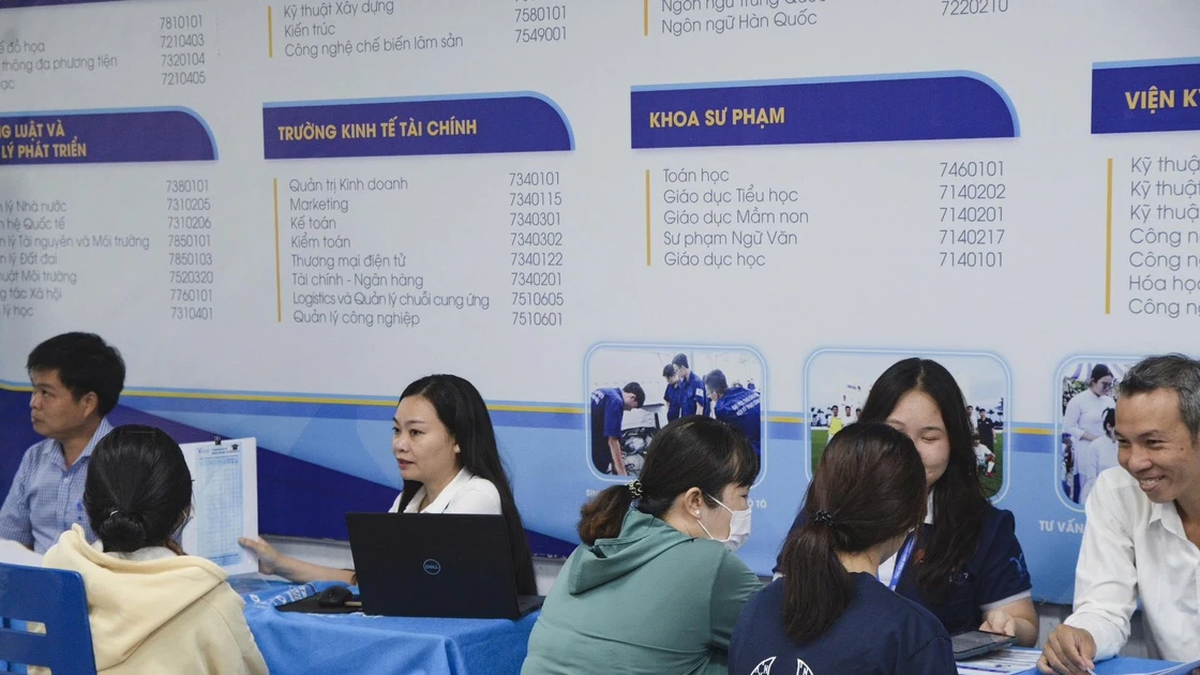











![[Infographic] Vietnam-Senegal traditional friendship](https://vphoto.vietnam.vn/thumb/1200x675/vietnam/resource/IMAGE/2025/7/23/4c96a604979345adb452af1d439d457b)




![[Photo] Signing of cooperation between ministries, branches and localities of Vietnam and Senegal](https://vphoto.vietnam.vn/thumb/1200x675/vietnam/resource/IMAGE/2025/7/24/6147c654b0ae4f2793188e982e272651)


















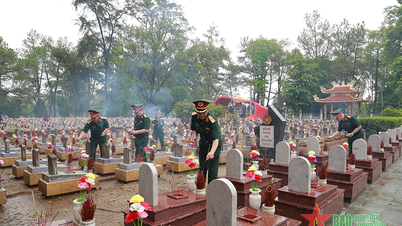






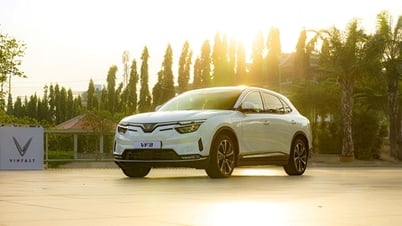
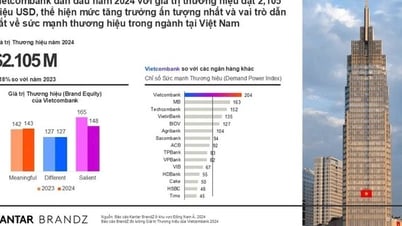

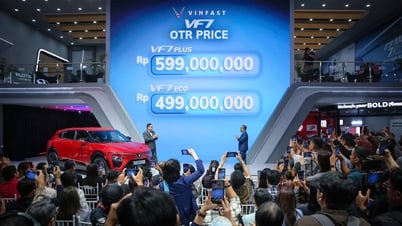

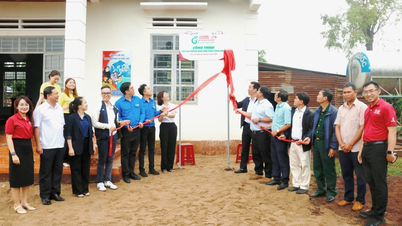
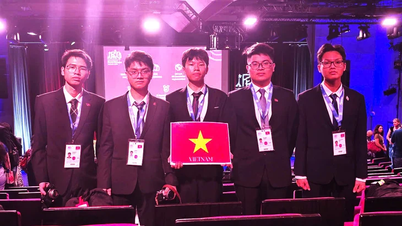








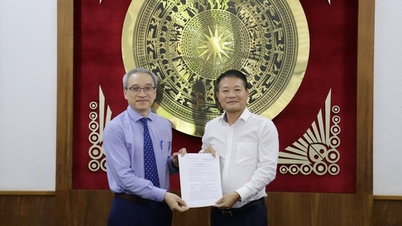



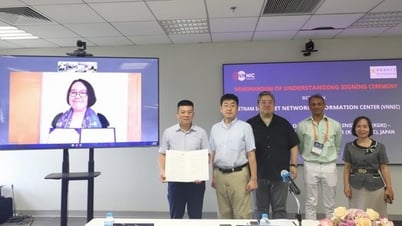




















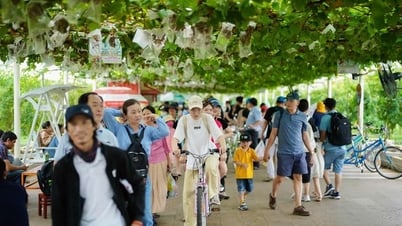



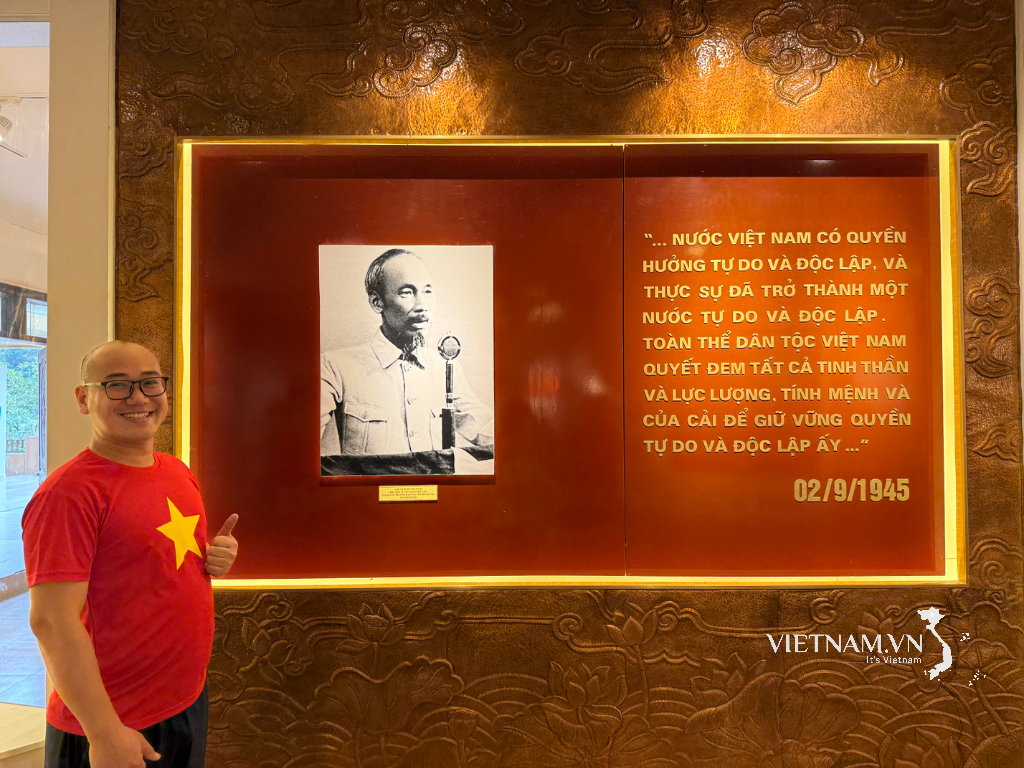



Comment (0)